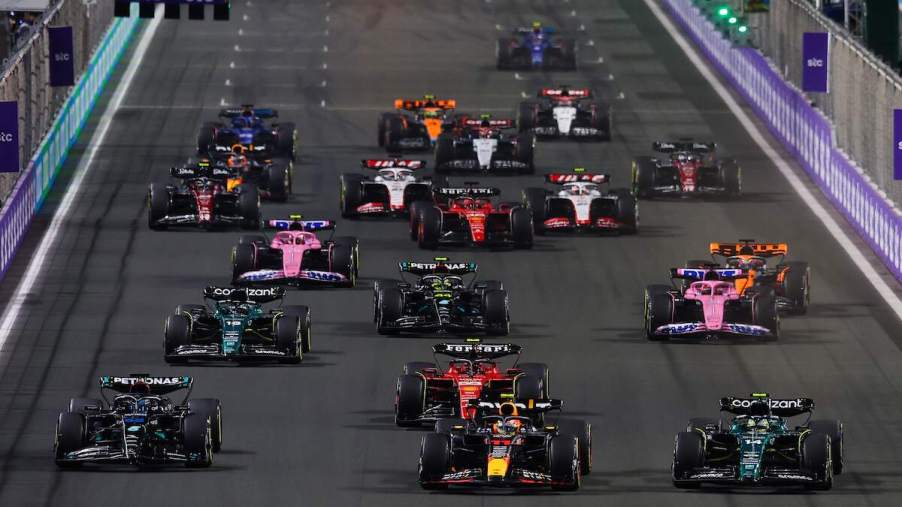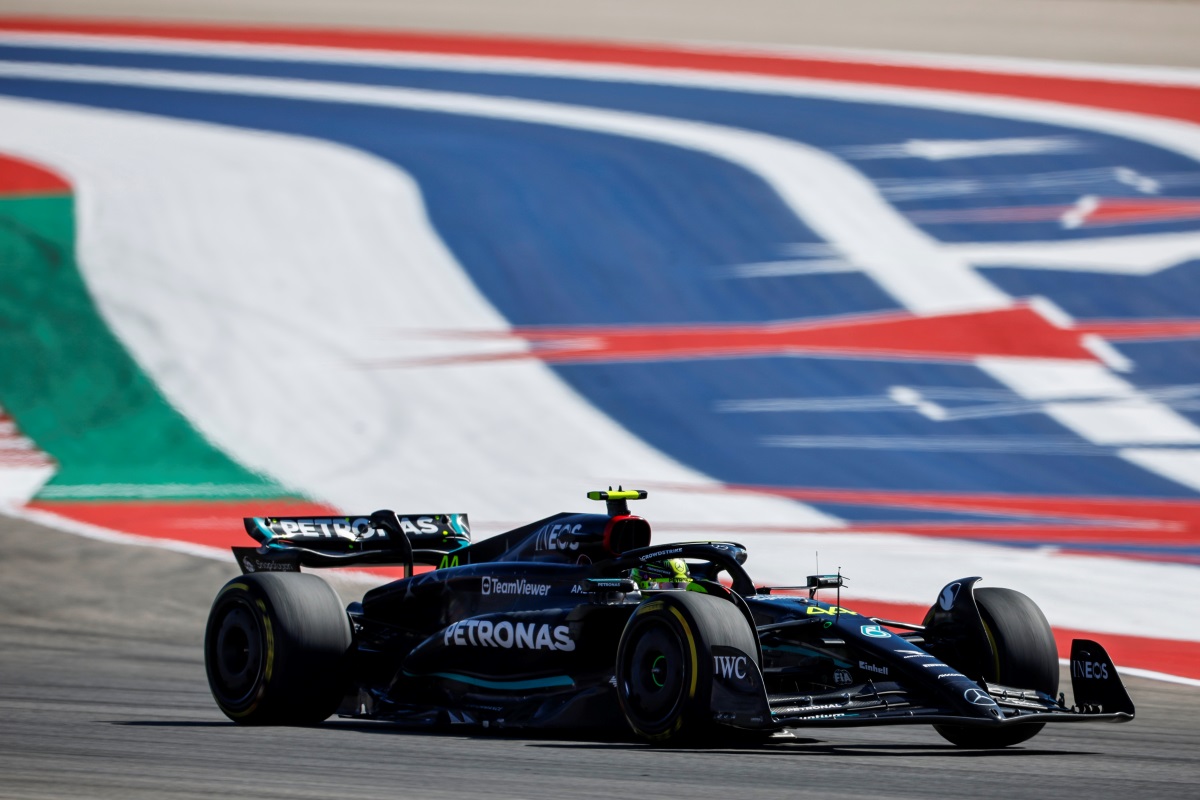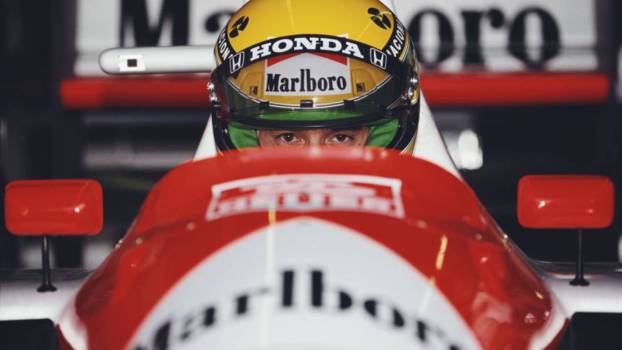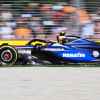
What Is DRS in Formula 1?
Formula 1 race cars are incredibly complex. On looks alone, the front and rear wings are unlike any other race car you’ll find in another series. Moreover, the rear wing of an F1 car features a movable section. This is the DRS, or Drag Reduction System, on a Formula 1 car.
But there’s more to it than simply opening the rear wing at every opportunity.
How does DRS work on a Formula 1 car?

DRS in a Formula 1 car reduces drag by moving one of the rear wing elements out of the way of the incoming air.
Typically, the rear wing will catch air and push the back end of the car down. That downforce is great for grip, but it also adds drag that slows the car down on a straightaway. The DRS reduces that drag, allowing the F1 car to travel at a higher speed with less wind resistance.
However, there are specific points around the track where drivers are allowed to activate DRS. And in race conditions, they may only use the system when within one second of the car ahead.
When are Formula 1 drivers allowed to use DRS?
When on track, F1 drivers are allowed to activate DRS only in certain areas. Typically, these are the longest straightaways on a given circuit. Examples include the main straight and back straights at Circuit of the Americas.
Drivers are allowed to activate DRS in these zones at every opportunity during practice and qualifying sessions. However, race conditions come with different rules.
During a race, drivers can only activate DRS when within one second of the car ahead. Furthermore, there is a DRS detection point at the corner before the actual DRS zone. This detection point is where the gap between cars is measured, and it decides whether a driver is allowed to use their Drag Reduction System.
Who activates DRS in Formula 1?
Unfortunately for the drivers, DRS isn’t an automatic system.
The drivers themselves have to activate the system when under the proper conditions. Race control disallows DRS for the first three laps of a green flag stint — be it after the initial start or a safety car. Otherwise, it’s entirely up to the driver to manually hit the DRS button on their steering wheel to activate the system.
How much faster are F1 cars with DRS?
The speed gained with DRS varies from car to car. Since F1 teams are allowed to develop their own wings and DRS elements in-house, there is no set pace advantage for a car with DRS. However, the FIA estimates that F1 cars gain 6-8 mph when DRS is open versus when it is closed.
When did F1 cars get DRS?
Formula 1 introduced DRS in 2011 to improve overtaking chances. With increasingly complex aerodynamics, cars suffered poor handling when attempting to follow closely and make a pass in a corner. Instead, DRS allows a competitor that has caught the car ahead an easier chance at an overtake.
The reduced drag and top speed mean that most passes now occur on straightaways and into corners. In addition, the trailing driver has an opportunity to regain time on the car ahead after losing time due to poor handling in the corners.
DRS remains a controversial topic in Formula 1
Adding DRS was a controversial move in 2011, and many fans still debate the topic to this day. Even the drivers have split opinions. Max Verstappen, for instance, had this to say when speaking to PlanetF1 in May 2023: “I would prefer of course that we could race without DRS, but that’s not possible.”
On the other hand, Charles Leclerc took a more pragmatic approach, citing the aerodynamic challenges of passing cars in traffic. Leclerc stated the following in March 2022, per Motorsport.com:
“I think DRS needs to stay for now, otherwise the races would be very boring. As much as following has been better from last year to this year, I still think it’s not enough to get rid of the DRS. I actually quite enjoy it. It’s part of the strategy for each driver in terms of defending and overtaking, and it’s part of racing for now.”
Ferrari teammate Carlos Sainz agreed, saying, “Without DRS, it is almost impossible to overtake nowadays.”
Do any road cars have DRS?
A handful of modern road cars have some form of DRS.
The McLaren P1 was one of the first, and today, the Porsche 911 GT3 RS features an adjustable rear wing with a DRS feature. With six-figure-plus price tags, neither of these cars is cheap. But they’re some of the only ways you’ll get to experience DRS for yourself.
Otherwise, you’ll have to watch Formula 1 and keep an eye on those rear wings to see the Drag Reduction System in action.




